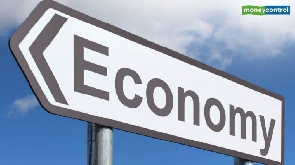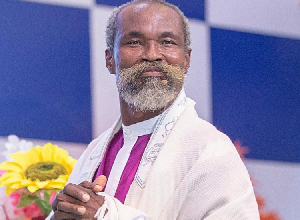M-learning, online courses and other aspects of e-learning technology have the potential to enhance education provision in Africa in numerous ways.
From raising literacy levels in poor rural areas where education infrastructure is lacking to compliment the existing courses in Africa’s top universities, remote learning using educational technology is flexible and very versatile.
Deploying case studies and statistics from a variety of sources, this article gives an in depth overview of the ways in which affordable internet access is improving in Africa, and suggests ways to seize this opportunity to improve education across the continent.
The improvement of internet access in Africa: The statistics
Internet access in Africa varies from country to country, with the percentage of internet users in a given country’s population in some areas of Sub-Sahara Africa falling well below half.
In South Sudan, for example, statistics show that by the end of June 2016 there were just under 2, 180 000 internet users for a population that exceeded 12, 500 000 people.
That means that only around a 5th of the South Sudanese population uses the internet. In affluent, urbanised South Africa, however, we can see that in the same period, out of a population of just over 54, 300 000 people around two thirds (28, 580 000 rounded down) have internet access.
Even from these two examples it is clear that internet access levels in Africa vary widely from country to country, and thus that edtech solutions such as MOOC and online courses ought to be tailored in a way that reflects that.
One thing, however, is pretty much consistent throughout the continent, and that is the fact that affordable internet access is improving. Recent GSMA statistics show that the mobile industry alone will account for 8% of Africa’s GDP by 2020, which bodes very well for the emergence and uptake of new m-learning technologies.
Though in 2011 just 6% (the World Bank suggests) of the world’s internet users were African, that percentage may well reach double figures by the end of the decade.
Opportunities and challenges for mobile learning: Infrastructure and innovation
One of the key reasons why internet access is so low in Sub-Sahara Africa is the fact that electricity infrastructure is very underdeveloped.
The UK government’s Department for International Development (DfID) recently reported that only around a third of people in Sub-Sahara Africa have access to grid electricity. Thus, it is clear that in Sub-Sahara Africa in particular, substantial developments need to be completed to ensure that the basic infrastructure is in place so that mobile and on line educational opportunities can reach the entirety of the population.
The DfID reports that when it comes to Africa, excluding Sub-Sahara Africa, access to affordable and modern energy for all is a goal that can be realised by 2030. However, Sub-Sahara Africa is projected to lag 50 years behind the rest of the continent and to receive such infrastructure only by 2080.
Simultaneously, however, it is also the case that young Africans are some of the world’s most innovative and aware smartphone users.
This is especially the case in urban areas of countries such as Ghana, where excellent telecommunications networks are matched with an entrepreneurial spirit. Let’s take a closer look at some case studies of Ghanaian elearning and MOOC projects.
Opinions of Thursday, 13 July 2017
Columnist: techmoran.com



















